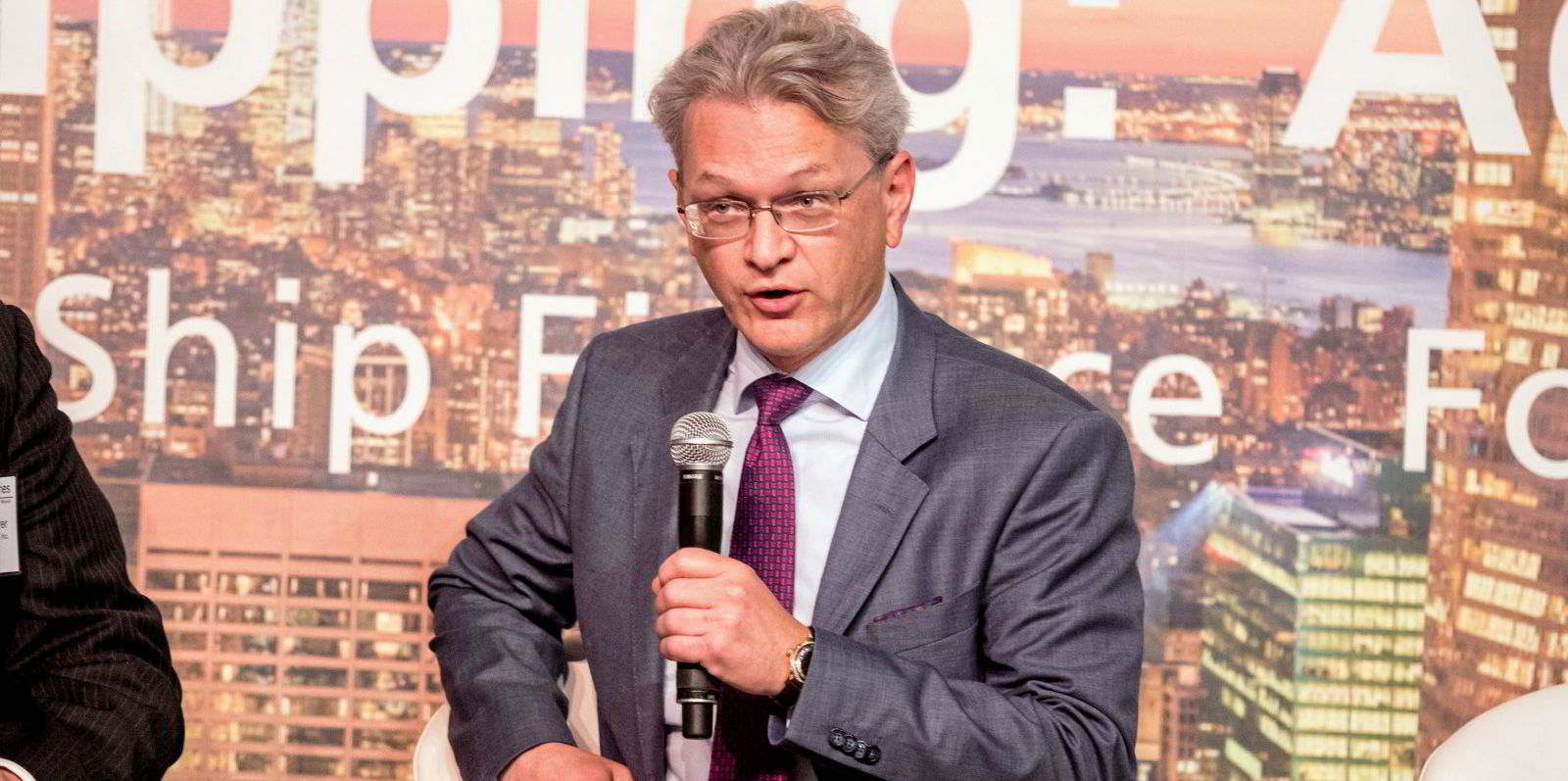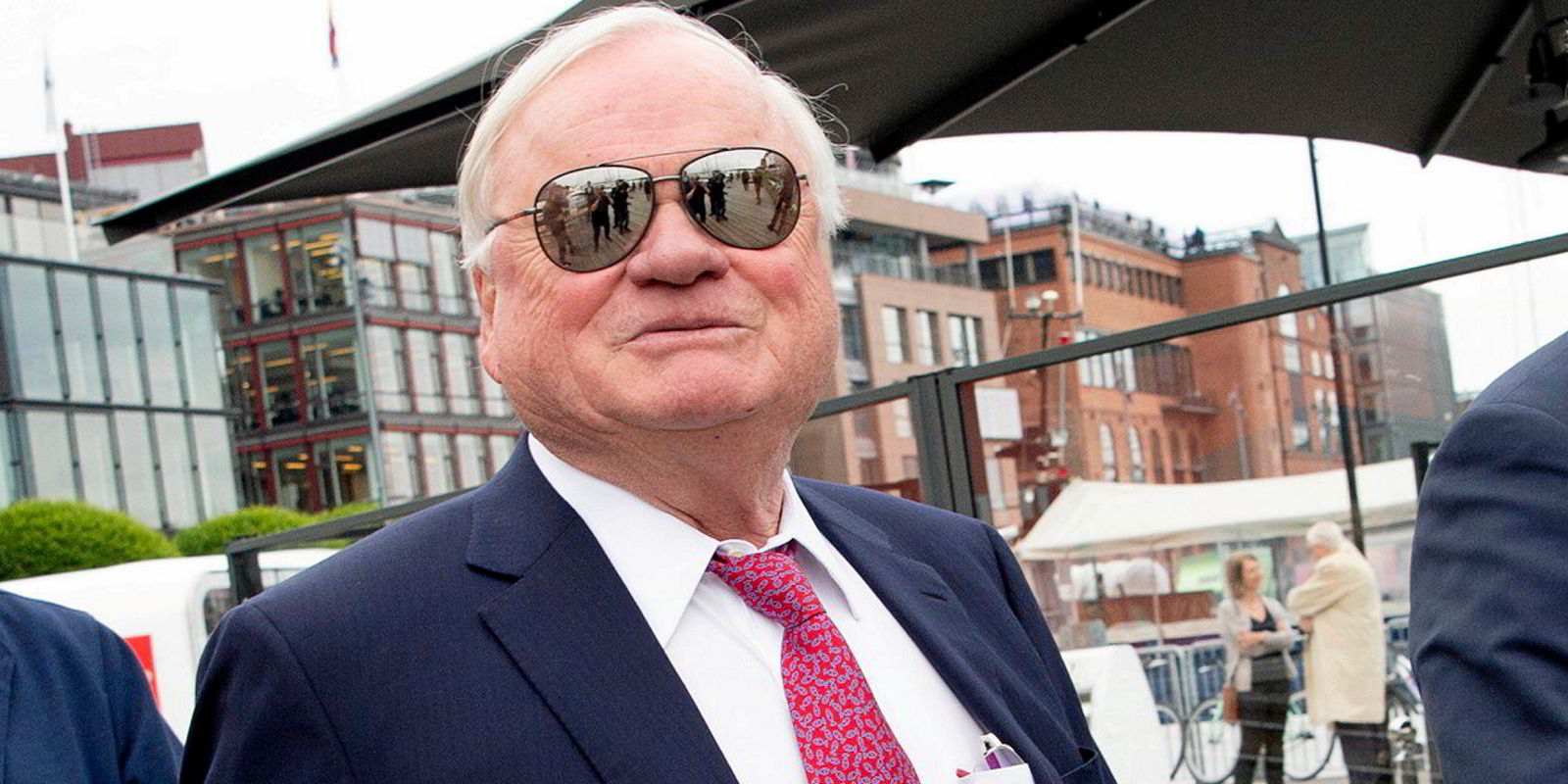Shipowners with fleets that are focused on one segment do not have a bright future ahead of them, according to SFL Corp chief executive Ole Hjertaker.
He said such owners, which make up a majority of US-listed shipping names, are doomed financially because they usually buy the wrong ships when banks are most willing to finance acquisitions.
“We look at all segments at any one time and, I think from our side, we believe that’s a strength, having a diversified asset approach or market approach because what we have seen over time is that companies that are in one segment only are almost programmed to go bankrupt, almost,” he told analysts on Wednesday during a second-quarter earnings call.
“Because what we see is that, typically when the capital markets are open and when the banks are eager to lend money, that’s typically at the top of the market.
“While, when you’re lowering the cycle in a segment, there is no way you can raise equity and banks are reluctant so so it’s so tempting to take the money at the top of the market and reinvest in the wrong assets.”
New York-listed SFL avoids that pitfall by doing business in different segments simultaneously so that it can nimbly pursue the right investments in the best sector at the time, he said. Backed by Norwegian shipping magnate John Fredricksen, the company owns 33 container ships, 18 tankers, 15 bulkers and six car carriers.
“Even if we are high in the cycle then we will try to be very, very focused on risk mitigation factors before we decide to invest in, call it, normal cycle movements,” he said.
“You could say academically we would invest in any sector.”
SFL Corp, which posted a $57.4m profit for the second quarter, announced on Wednesday that it has bought four more tankers for $223m.
It did not identify the ships, other than to say they are suezmaxes built in 2015 and 2020 and are equipped with modern eco-design features and exhaust gas cleaning systems.





